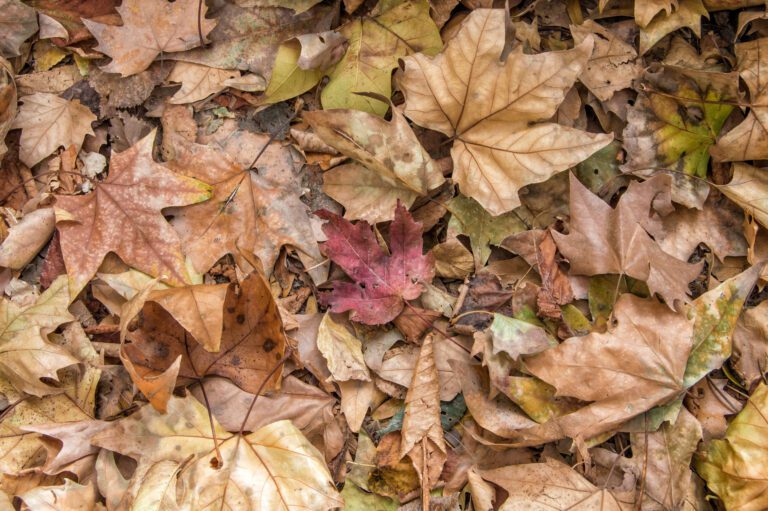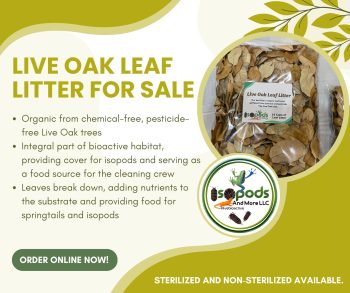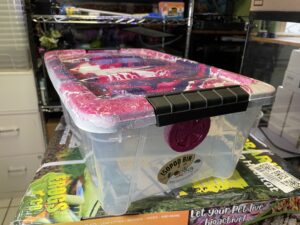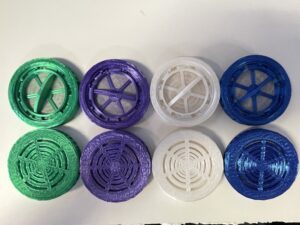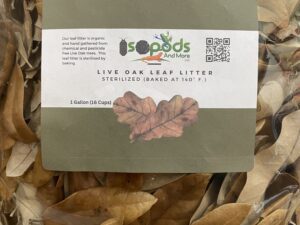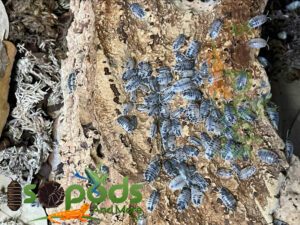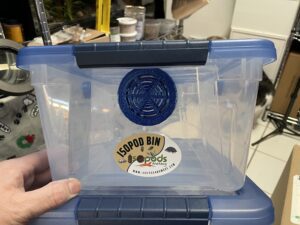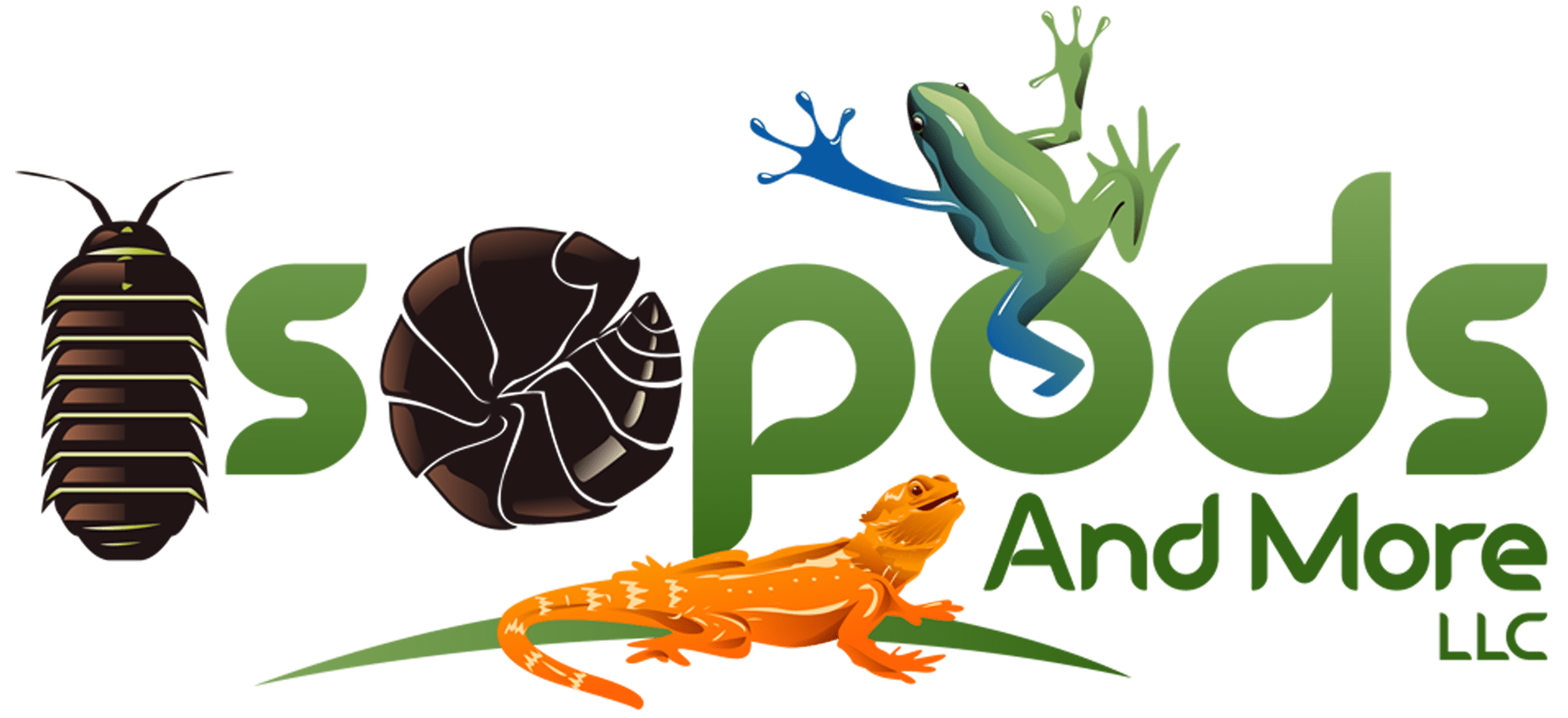Introduction to Leaf Litter in Bioactive Setups
Many reptile and amphibian enthusiasts are now opting for bioactive setups to provide a natural and stimulating habitat for their pets. Leaf litter is a crucial element in creating a successful bioactive setup as it helps maintain a healthy environment and adds aesthetic appeal to the enclosure. This article will delve into the importance of selecting the right leaf litter for your bioactive setup and offer useful tips to help you make the best choice.
The Importance of Choosing the Right Leaf Litter
Choosing the right leaf litter for your bioactive terrarium or vivarium is crucial for various reasons. Firstly, leaf litter serves as a natural substrate, which helps regulate temperature and humidity levels in the enclosure. This is especially vital for reptiles and amphibians that require specific environmental conditions to flourish. Moreover, leaf litter creates a natural and cozy environment for your pets by imitating their natural habitats and encouraging natural behaviors such as burrowing and foraging.
Types of Leaf Litter for Bioactive Terrariums
When it comes to choosing leaf litter for your bioactive setup, there are several options to consider. One popular choice is live oak leaf litter. Live oak leaves are known for their durability and long-lasting properties, making them an excellent choice for bioactive enclosures. Live oak leaf litter not only provides a natural substrate but also offers additional benefits such as natural pest control and the release of beneficial compounds that promote microbial activity.
Another option to consider is a mix of deciduous leaves. This can include leaves from trees such as maple, birch, or beech. The combination of different leaves adds visual interest to the enclosure and provides a diverse range of nutrients for the microorganisms that inhabit the substrate. It is important to ensure that the leaves are collected from pesticide-free areas to avoid any potential harm to your pets.
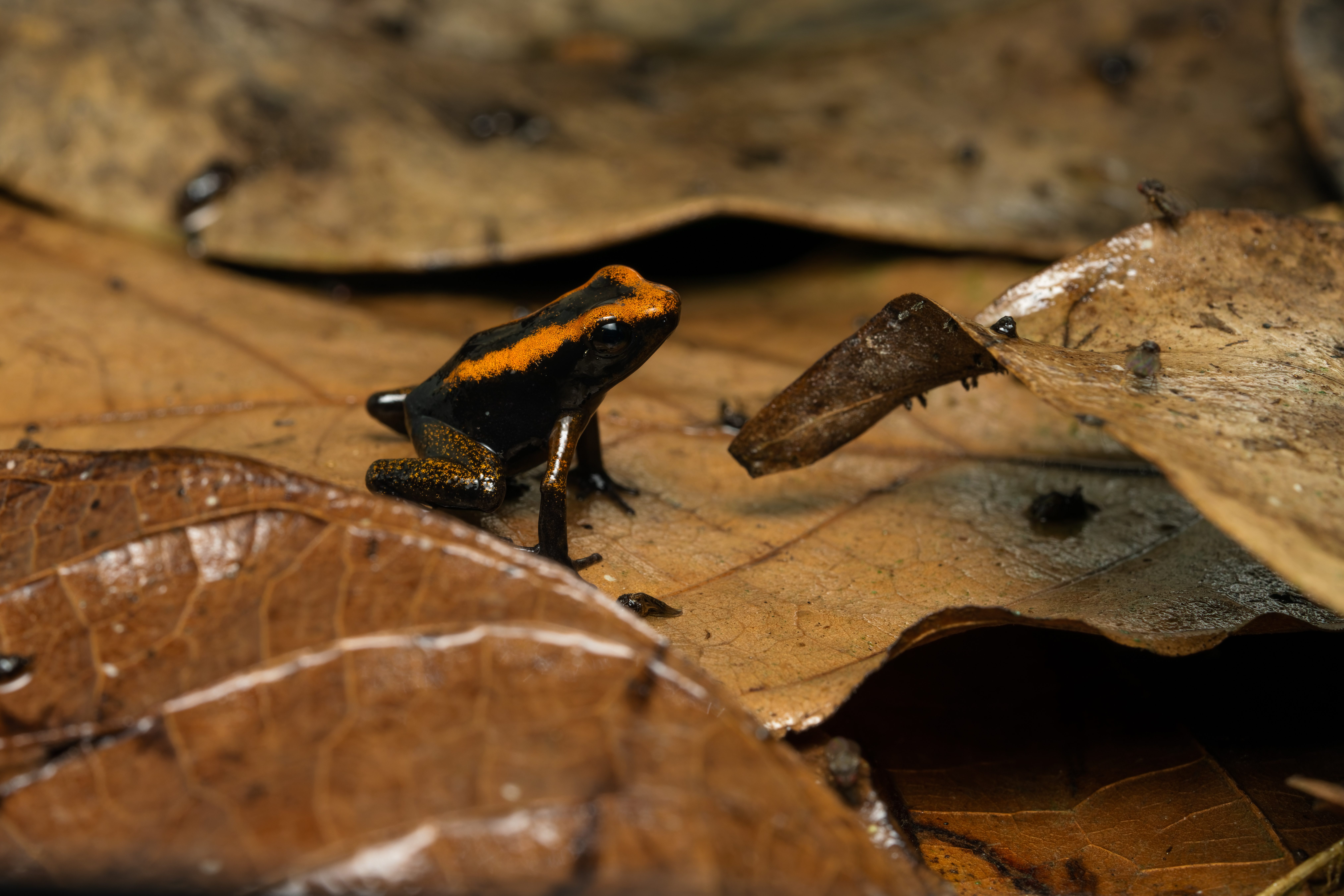
Benefits of Using Live Oak Leaf Litter
Live oak leaf litter is an excellent choice for bioactive setups due to its numerous benefits. Firstly, live oak leaves are known for their high tannin content. Tannins have natural antimicrobial properties, which help to inhibit the growth of harmful bacteria and fungi in the enclosure. This is particularly beneficial in bioactive setups as it helps to maintain a healthy and balanced ecosystem.
Moreover, the leaf litter of live oak trees serves as a natural food source for detritivores, including springtails and isopods. These tiny creatures play a vital role in breaking down organic matter and keeping the enclosure clean. The decomposition of the leaf litter also releases crucial nutrients into the substrate, creating a nutrient-rich environment for plants and microorganisms.
Factors to Consider When Selecting Leaf Litter for a Bioactive Vivarium
When choosing leaf litter for your bioactive vivarium, there are a few key factors to consider. Firstly, consider the size and type of your pet. Smaller animals may benefit from smaller leaf litter, while larger animals may require larger leaves for burrowing or nesting. It is also important to consider the natural habitat of your pet and choose leaf litter that closely resembles the environment they would encounter in the wild.
Another factor to consider is the moisture retention of the leaf litter. Some leaf litter types retain moisture better than others, which can be important for maintaining the required humidity levels in your vivarium. Additionally, consider the aesthetics of the leaf litter. Choose leaves that complement the overall look and feel of your setup, creating a visually appealing environment for both you and your pets.
How to Prepare and Use Leaf Litter in a Bioactive Enclosure
Creating a bioactive enclosure using leaf litter is a simple procedure. Begin by gathering the preferred leaf litter from an area free of pesticides. It is crucial to steer clear of leaves that have been treated with chemicals as they can pose a danger to your pets. After collecting the leaves, make sure to wash them thoroughly with water to eliminate any dirt or debris.
To prepare the leaf litter for your enclosure, make sure it’s completely dry. You can do this by spreading the leaves on a clean surface and letting them air dry for several days. Once dry, distribute an even layer of leaf litter on the bottom of your enclosure. The thickness of the litter may vary depending on your pets’ requirements, but typically it should be one to two inches thick.
Maintenance and Replacement of Leaf Litter in a Bioactive Setup
Regular maintenance and replacement of leaf litter are crucial for the overall health and cleanliness of your bioactive setup. Over time, the leaf litter will break down and decompose, releasing nutrients into the substrate. However, as the leaf litter breaks down, it can also become compacted and lose its effectiveness. It is recommended to replace the leaf litter every three to six months, depending on the rate of decomposition and the needs of your pets.
During routine maintenance, remove any debris or waste that may have accumulated on the surface of the leaf litter. This will help to prevent the buildup of harmful bacteria or fungi. It is also a good practice to lightly mist the leaf litter with water to maintain the required humidity levels in the enclosure.
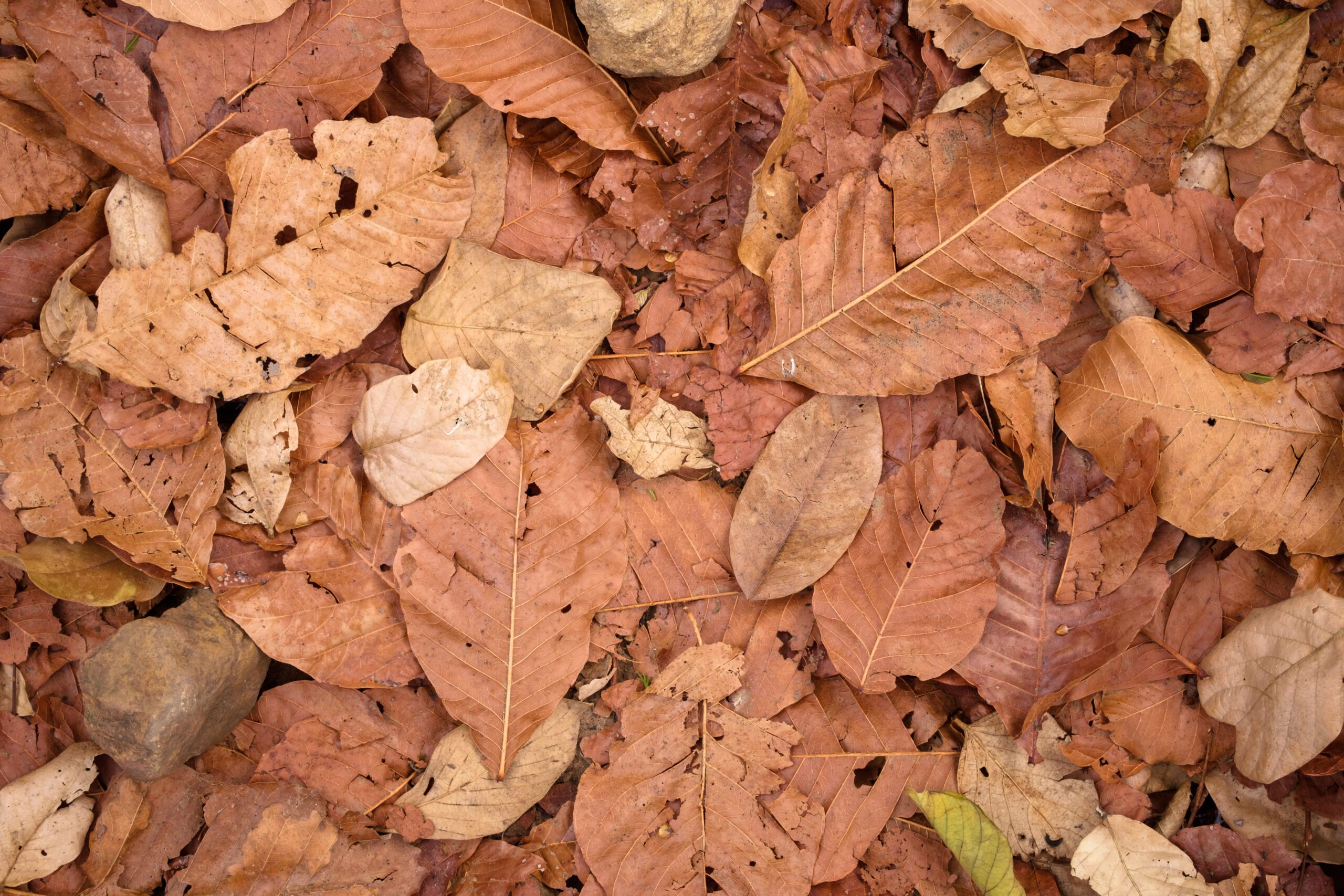
Where to Find High-Quality Leaf Litter for Your Bioactive Setup
Finding high-quality leaf litter for your bioactive setup can be relatively easy. One option is to collect leaves from your own yard or a local park. However, it is important to ensure that the leaves are free from chemicals or pesticides. Another option is to purchase leaf litter from reputable pet stores or online retailers. Look for organic and pesticide-free options to ensure the safety of your pets.
Common Mistakes to Avoid When Using Leaf Litter in Bioactive Terrariums
While using leaf litter in bioactive terrariums is generally a straightforward process, there are a few common mistakes to avoid. Firstly, avoid using leaves that have been treated with chemicals or pesticides, as these can be harmful to your pets. Additionally, avoid using leaf litter from areas where herbicides or fertilizers have been applied, as these can also pose a risk.
Another common mistake is neglecting to replace the leaf litter regularly. As mentioned earlier, leaf litter will break down and lose its effectiveness over time. Regular replacement is necessary to maintain a healthy and balanced environment for your pets.
Conclusion: Creating the Ideal Environment with the Perfect Leaf Litter
When setting up a bioactive environment for your pets, it’s essential to choose the right leaf litter for optimal health and growth. Whether you prefer live oak leaves or a mix of deciduous leaves, it’s crucial to collect them from pesticide-free areas, rinse them thoroughly, and dry them before use. Proper maintenance and replacement of the leaf litter are vital for keeping your bioactive setup clean and healthy. By following these guidelines and avoiding common mistakes, you can create a natural and comfortable habitat for your reptiles or amphibians.
CTA: Now that you have learned the importance of leaf litter in a bioactive setup, why not give it a try? Create a thriving and enriching habitat for your pets by choosing the perfect leaf litter today!

